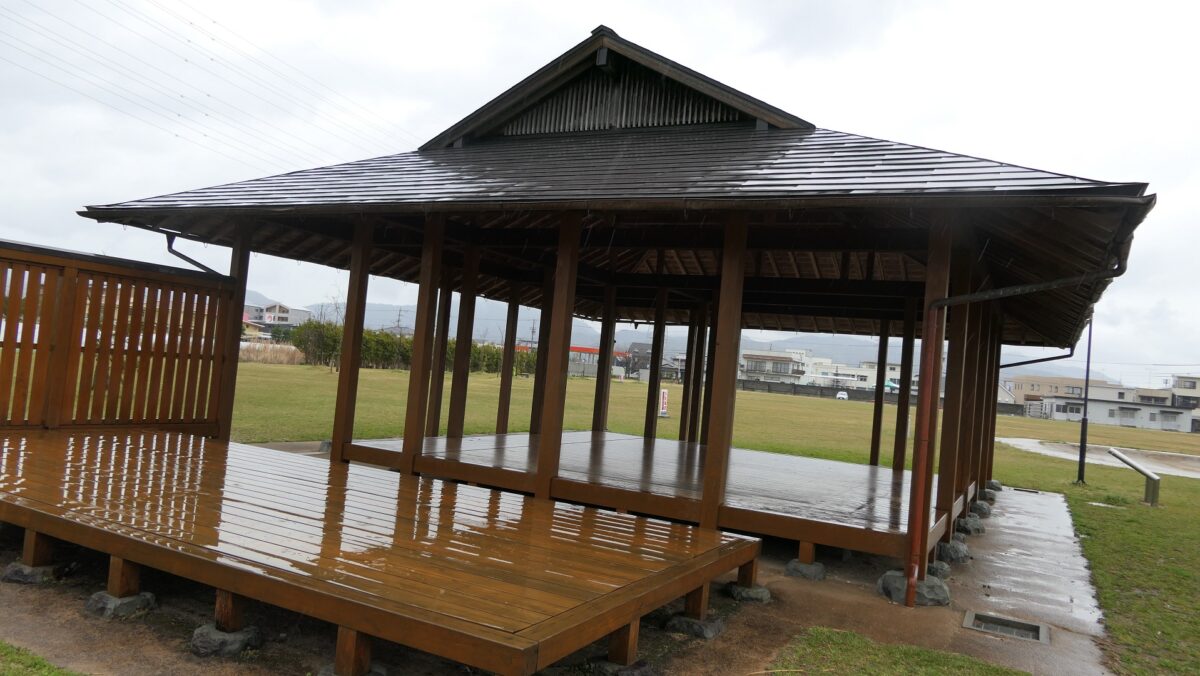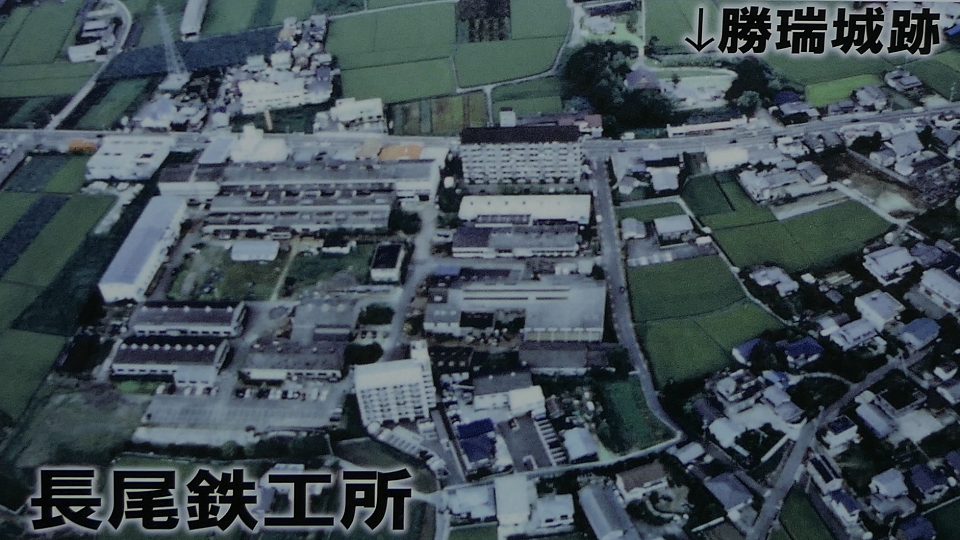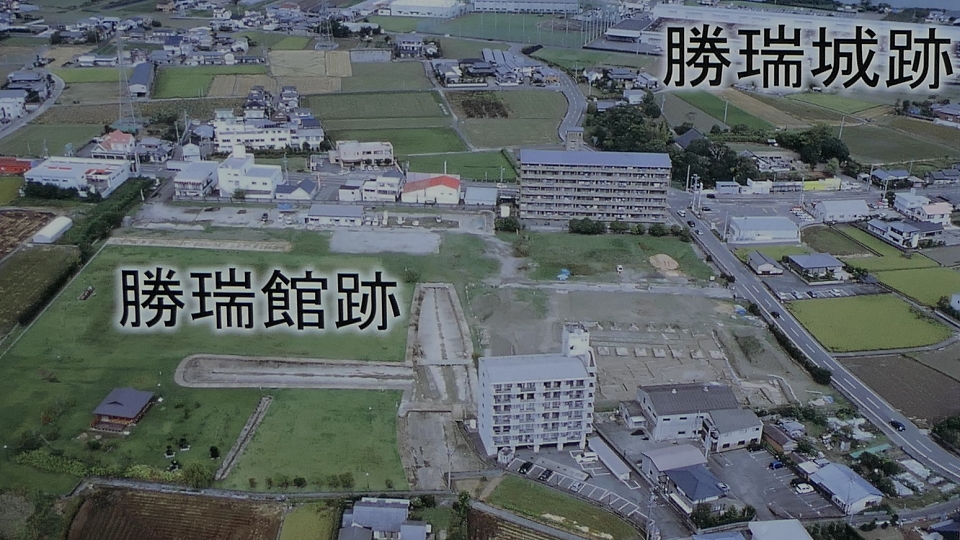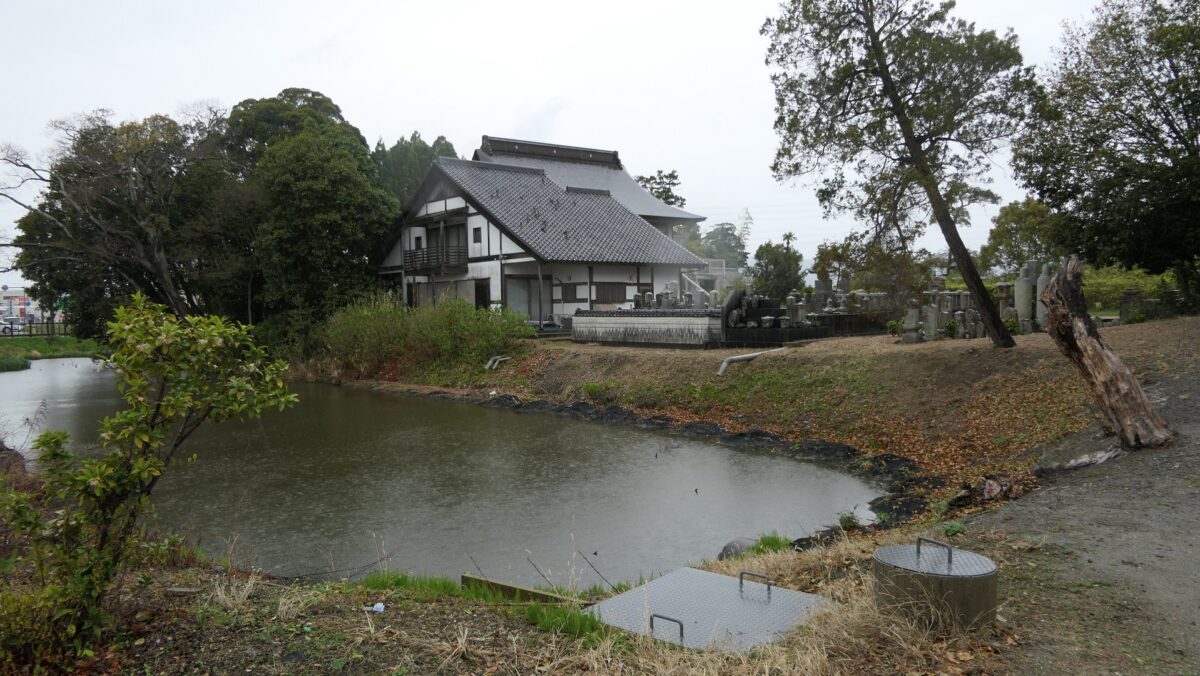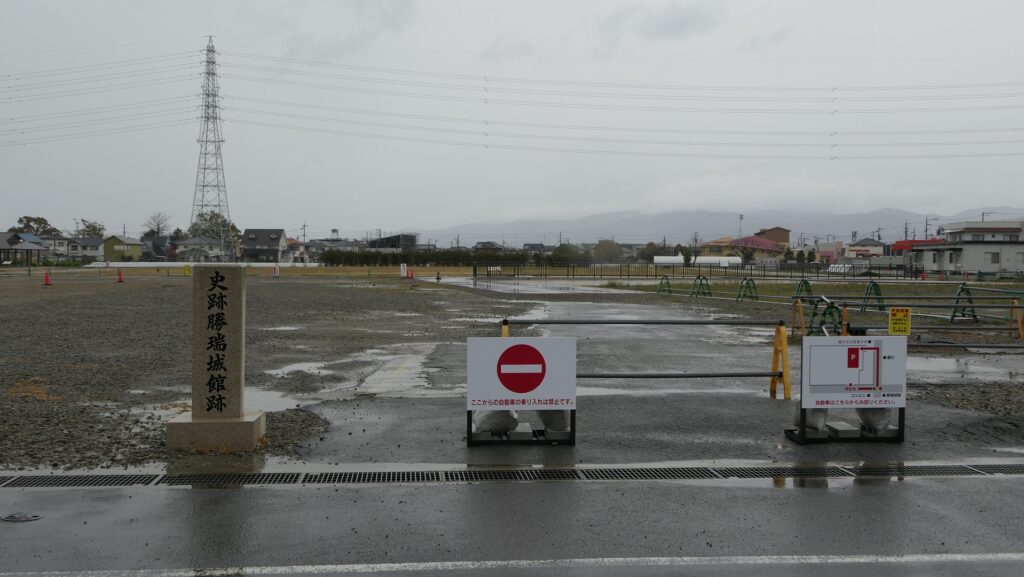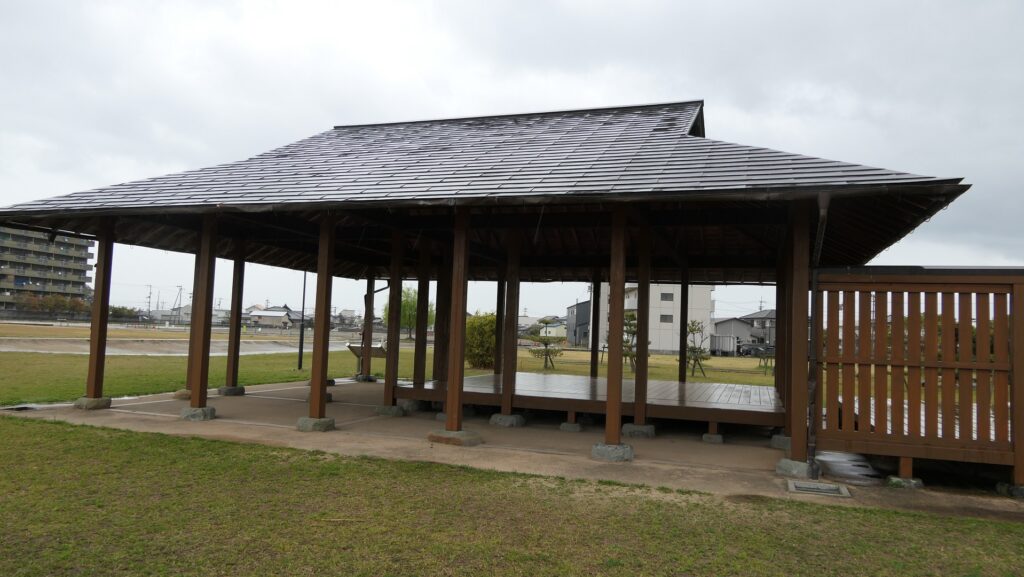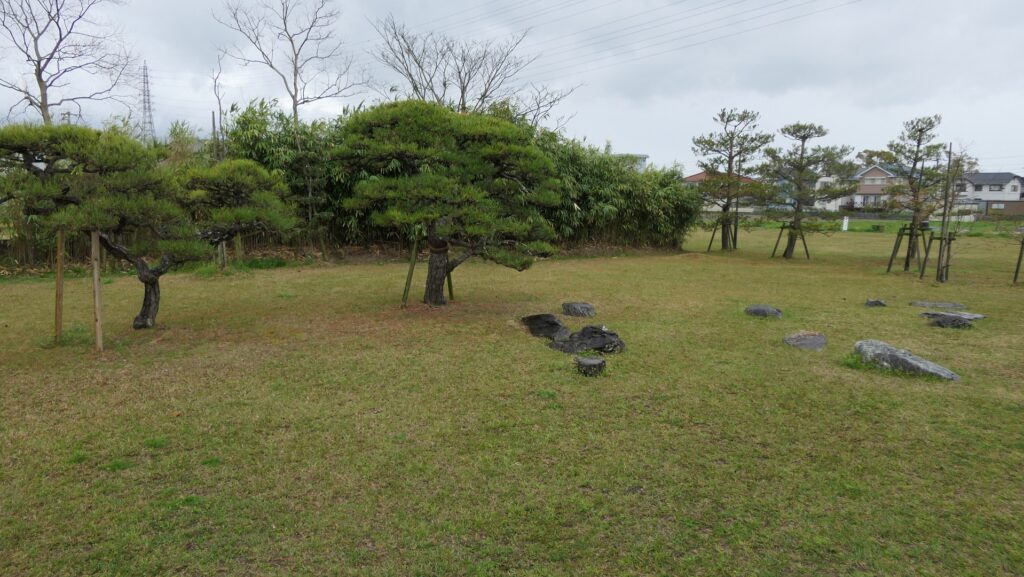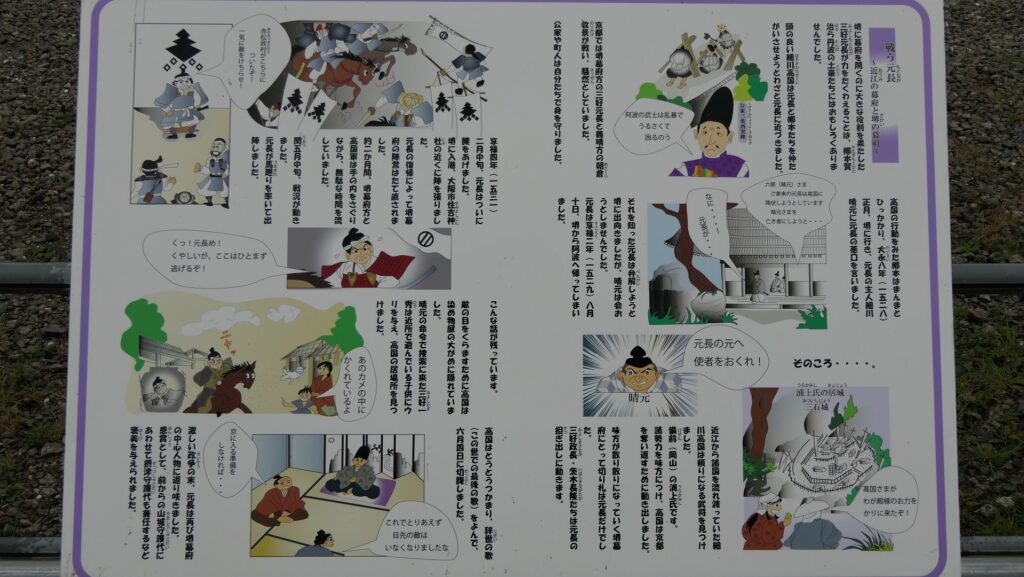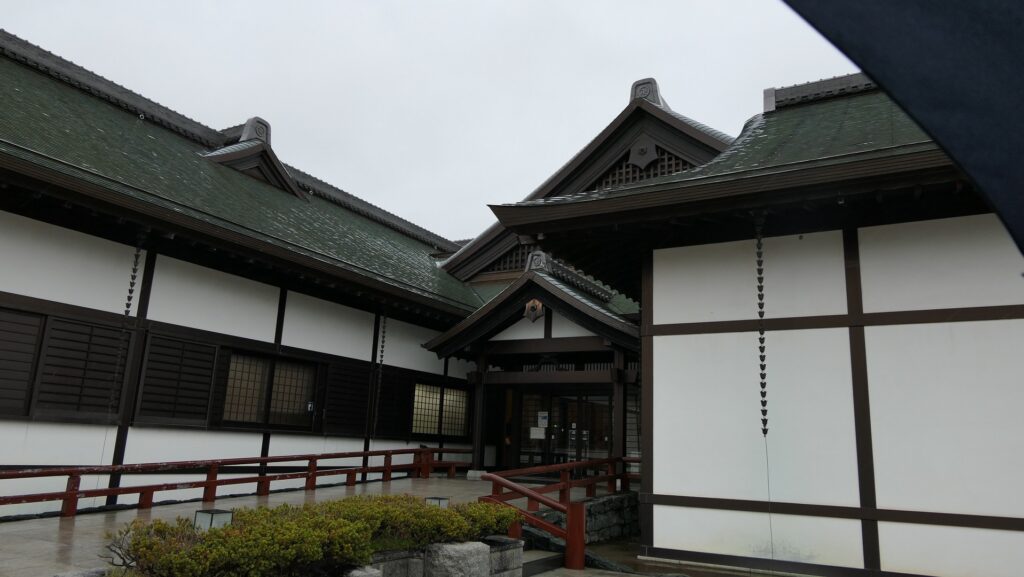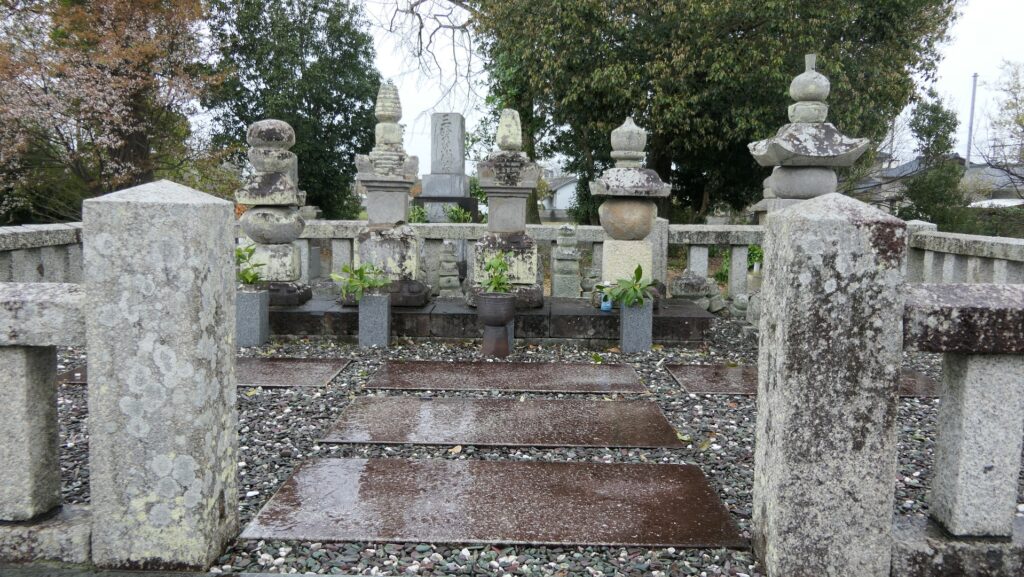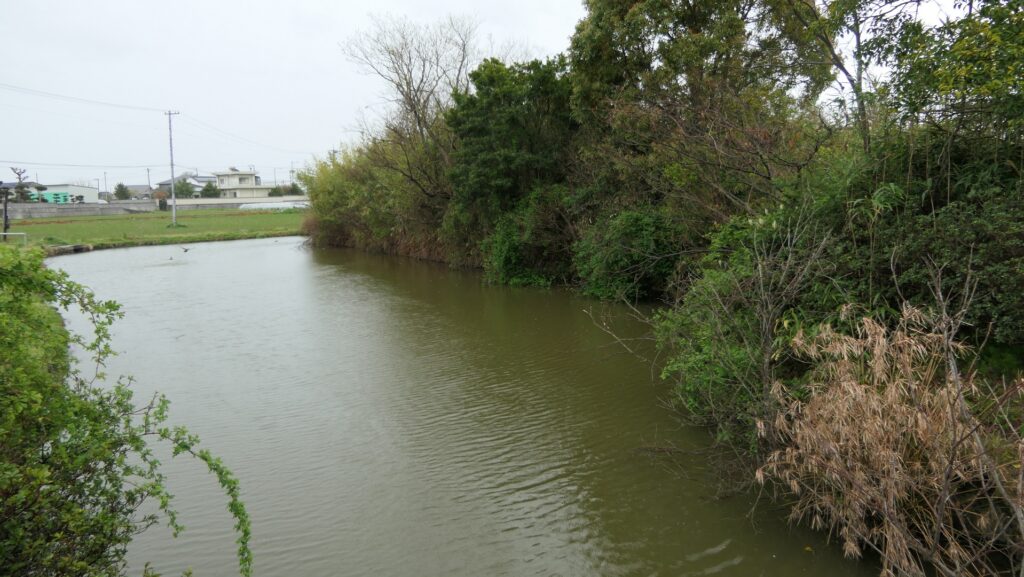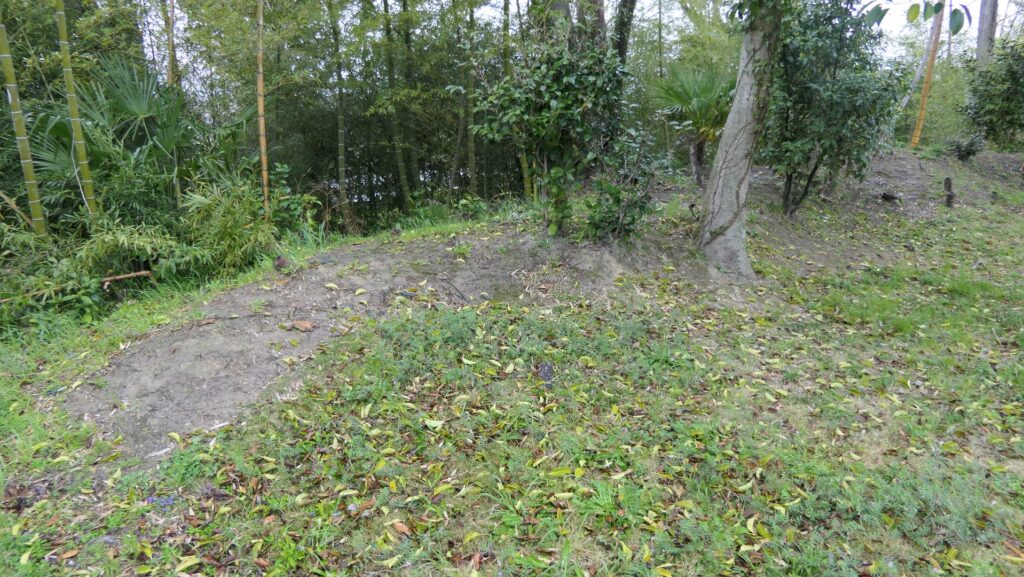Later History
After Shozui Castle was abandoned, the Kensho-ji Temple was built on the castle part, while the hall part was turned into the city area. As time passed, people thought Shozui Castle had only the castle part. However, the excavation in 1994 found that the castle part is too new for the castle’s long history. The officials did further research around the area and then found the relics of the hall for the lord under the ground of a factory nearby in 1997. Several excavations found that the hall part was much larger than expected and the ruins are very important to understand the history of the local region as well as the whole country. The ruins were lastly designated as a National Historic Site including both the castle and hall parts in 2001. The hall part is now public-owned and still being excavated.

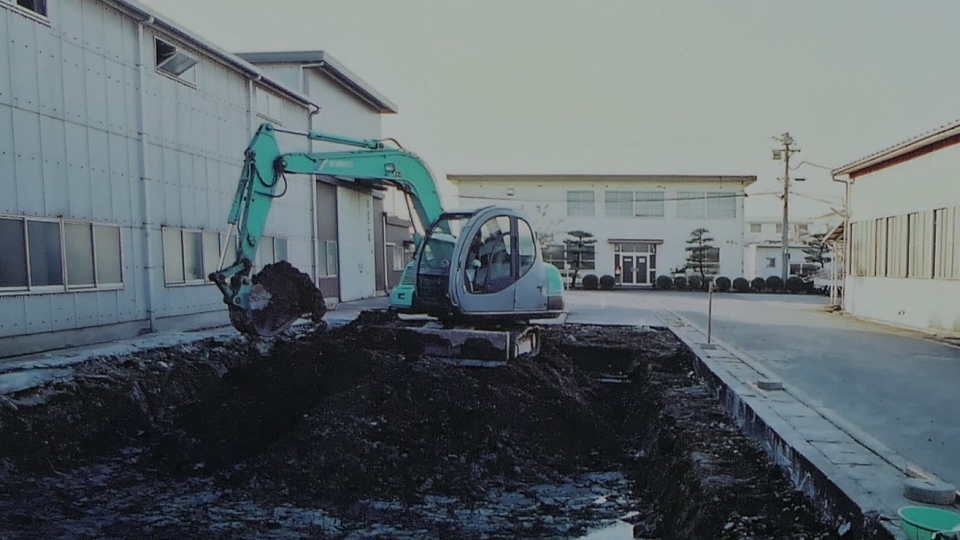
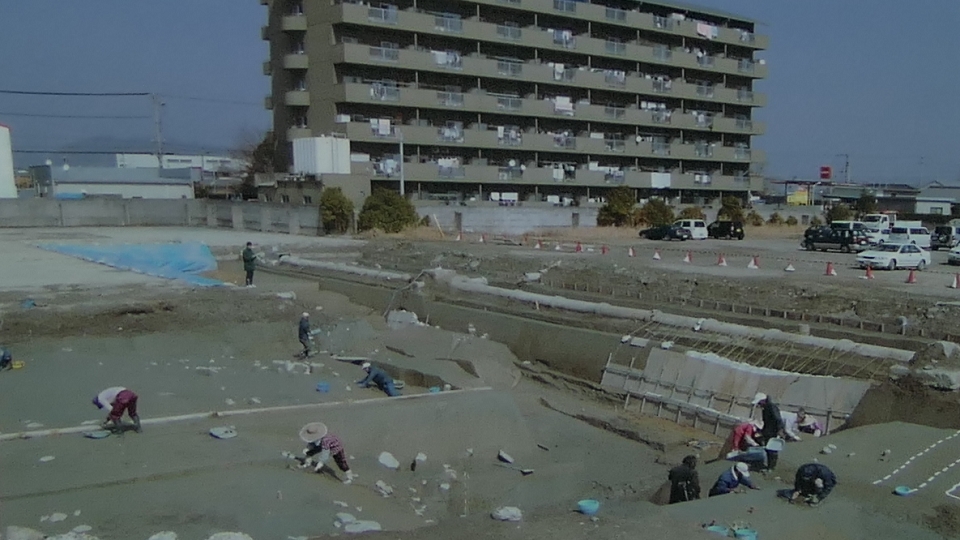
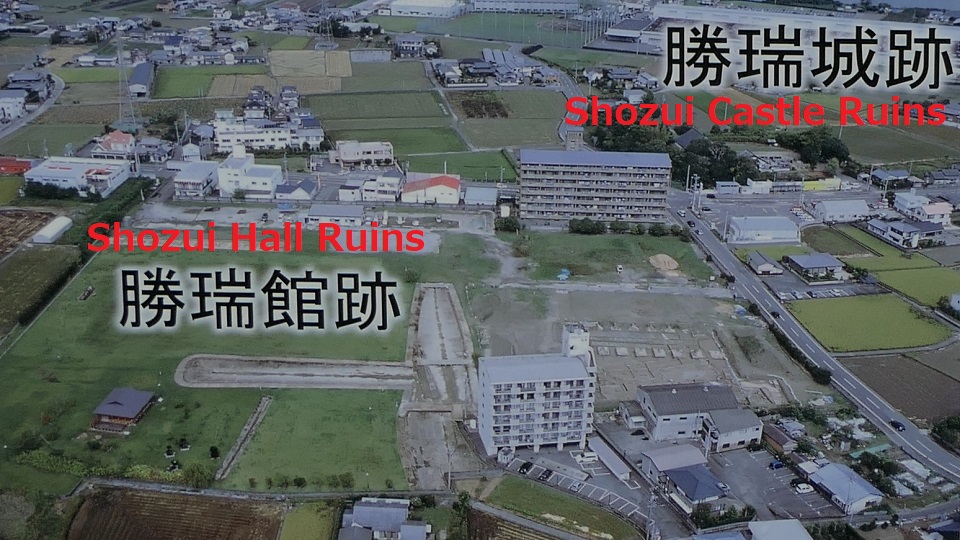
My Impression
I can honestly say that I was disappointed when I visited the ruins of Shozui Castle. This was because the ruins at first looked just like an empty space and small castle ruins. However, as I learned about the history of the castle, I understood that the ruins are being developed after the outstanding discovery. I believe that the ruins will become a good historical park with other new findings after a while. If you plan to visit the ruins, I recommend learning about its history in advance. In addition, it’s best to visit the ruins on the days except for the New Year’s holiday season when the office is open, then you can see some of the relics unearthed from the ruins. I couldn’t see them because I visited on a public holiday when the office was closed at that time.
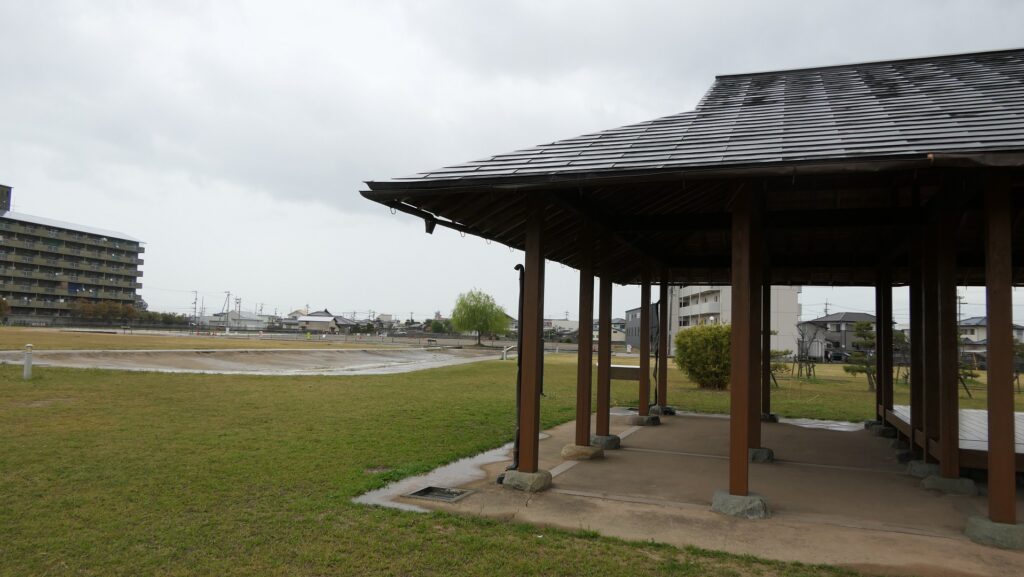
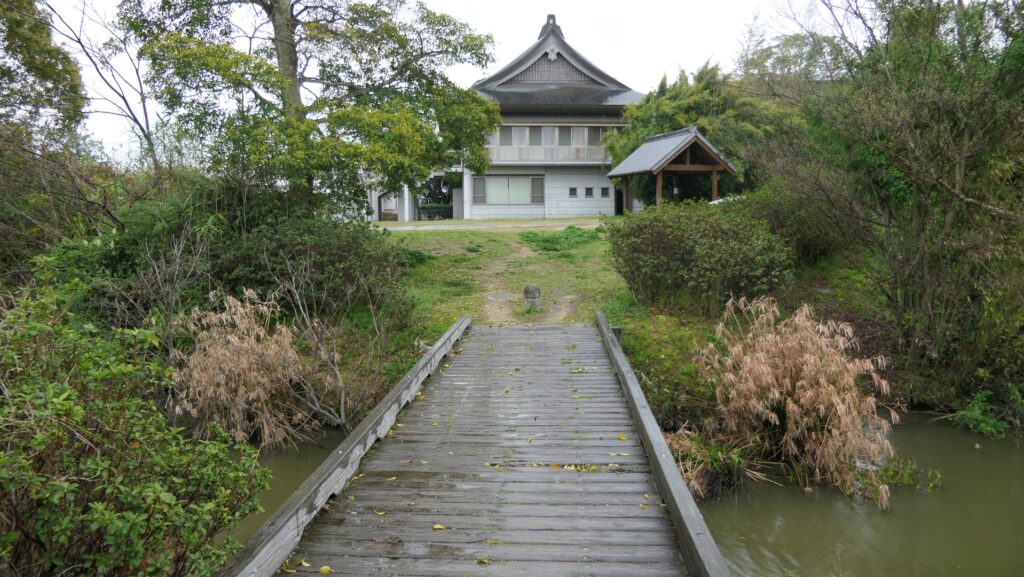
How to get There
If you want to visit there by car:
It is about 15 minutes away from Itano IC on Takamatsu Expressway or Aizumi IC on Tokushima Expressway.
The ruins offer parking lots in the hall part and beside the castle part.
By train, it takes about 15 minutes walking from JR Shozui Station.
If you go there from Tokyo or Osaka, I recommend using a plane or an express bus.
That’s all. Thank you.
Back to “Shozui Castle Part1”
Back to “Shozui Castle Part2”

